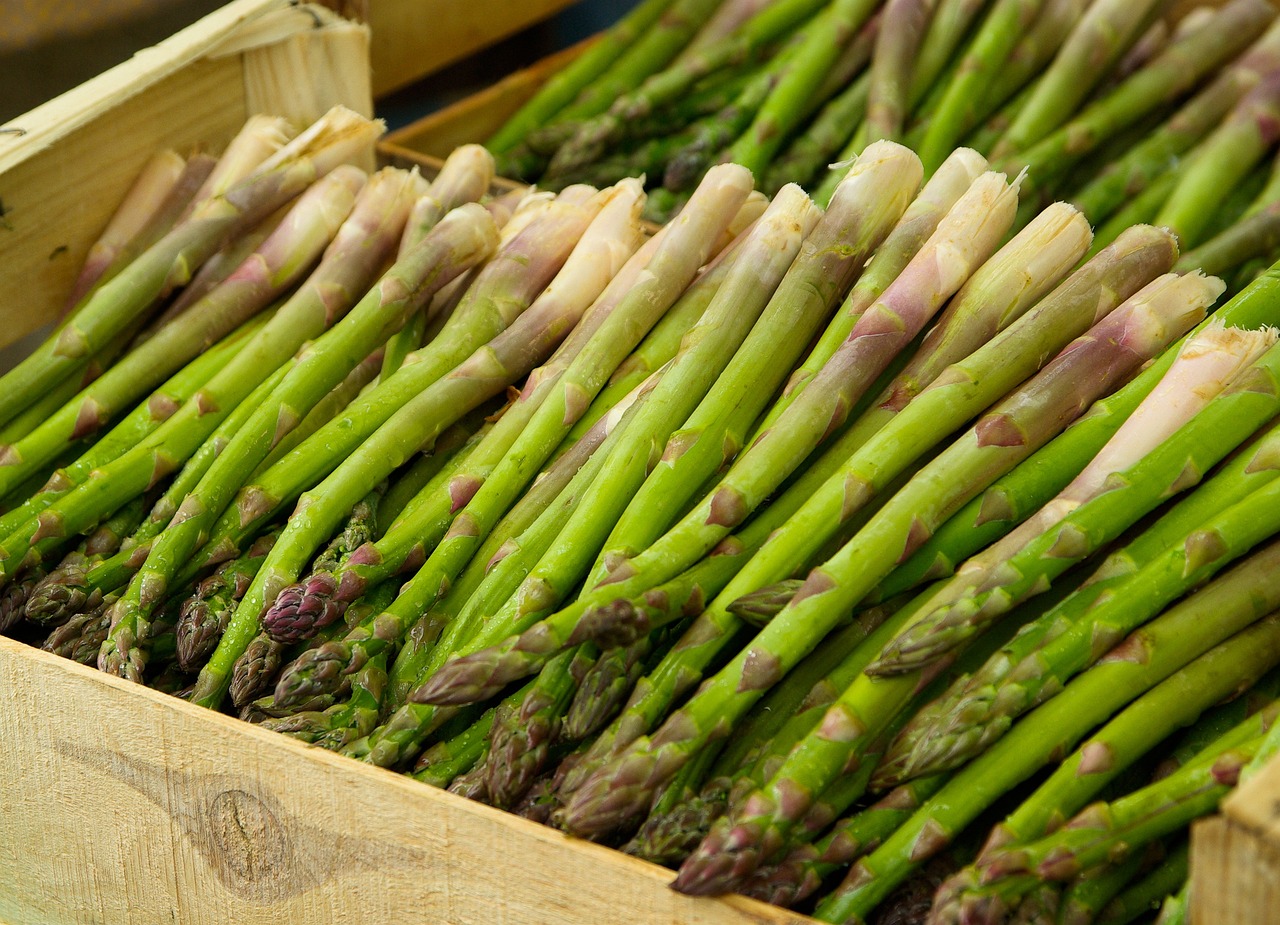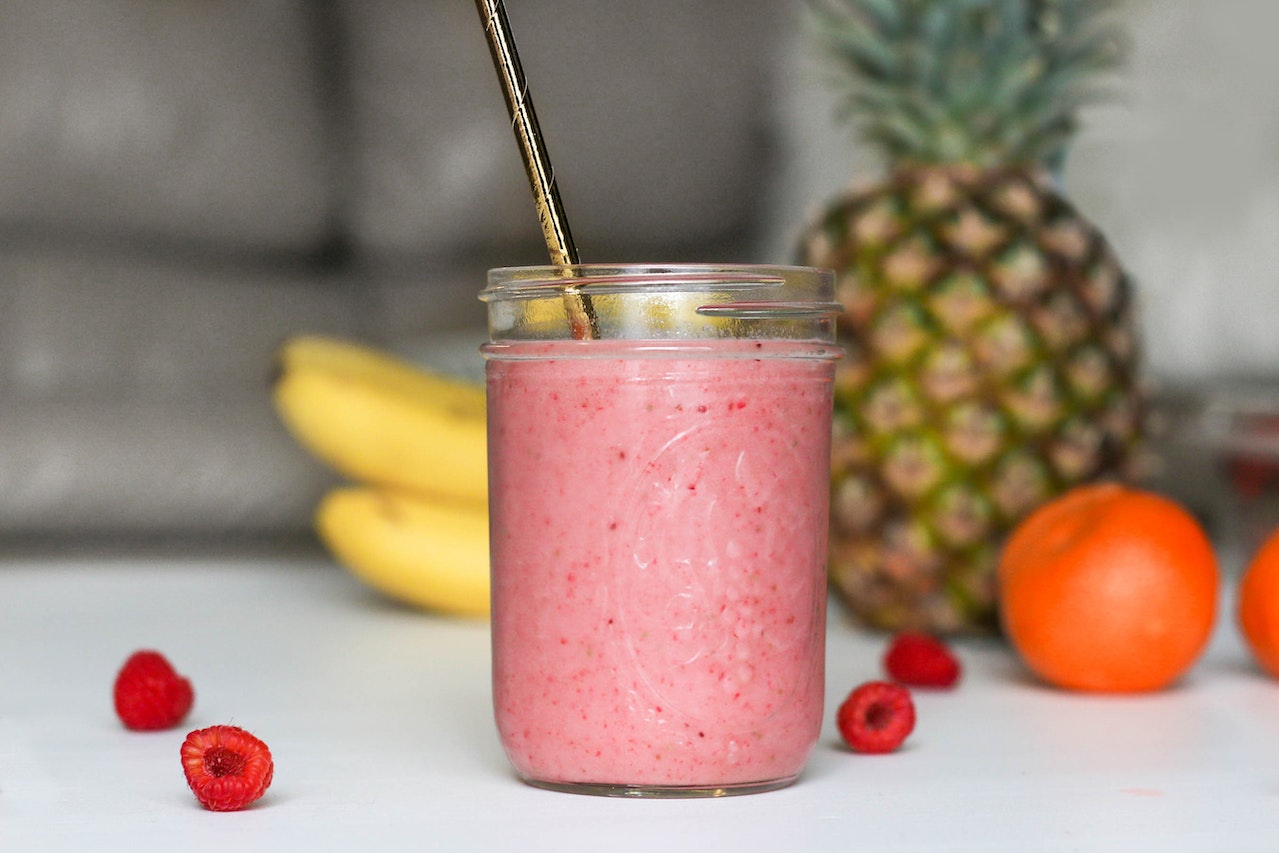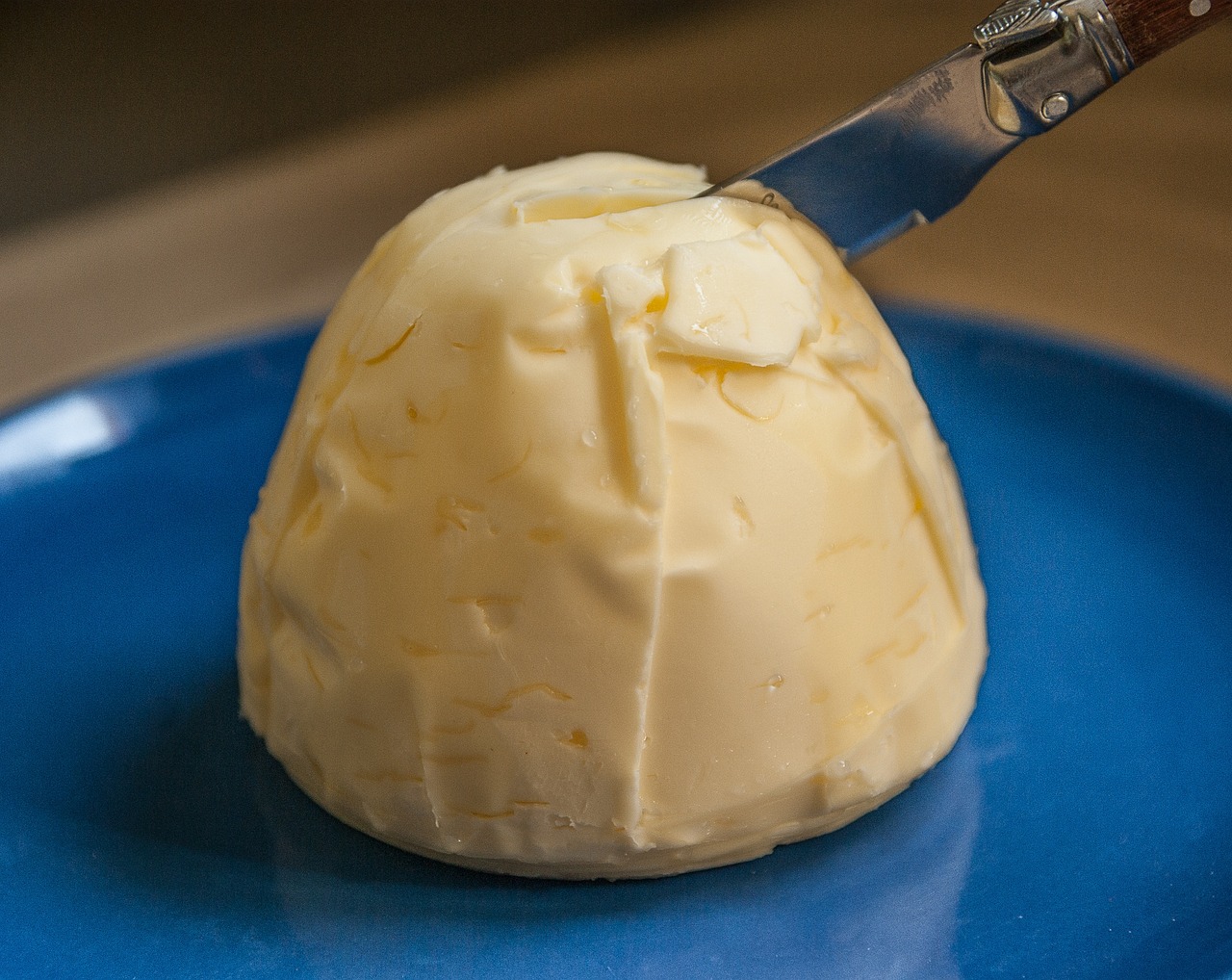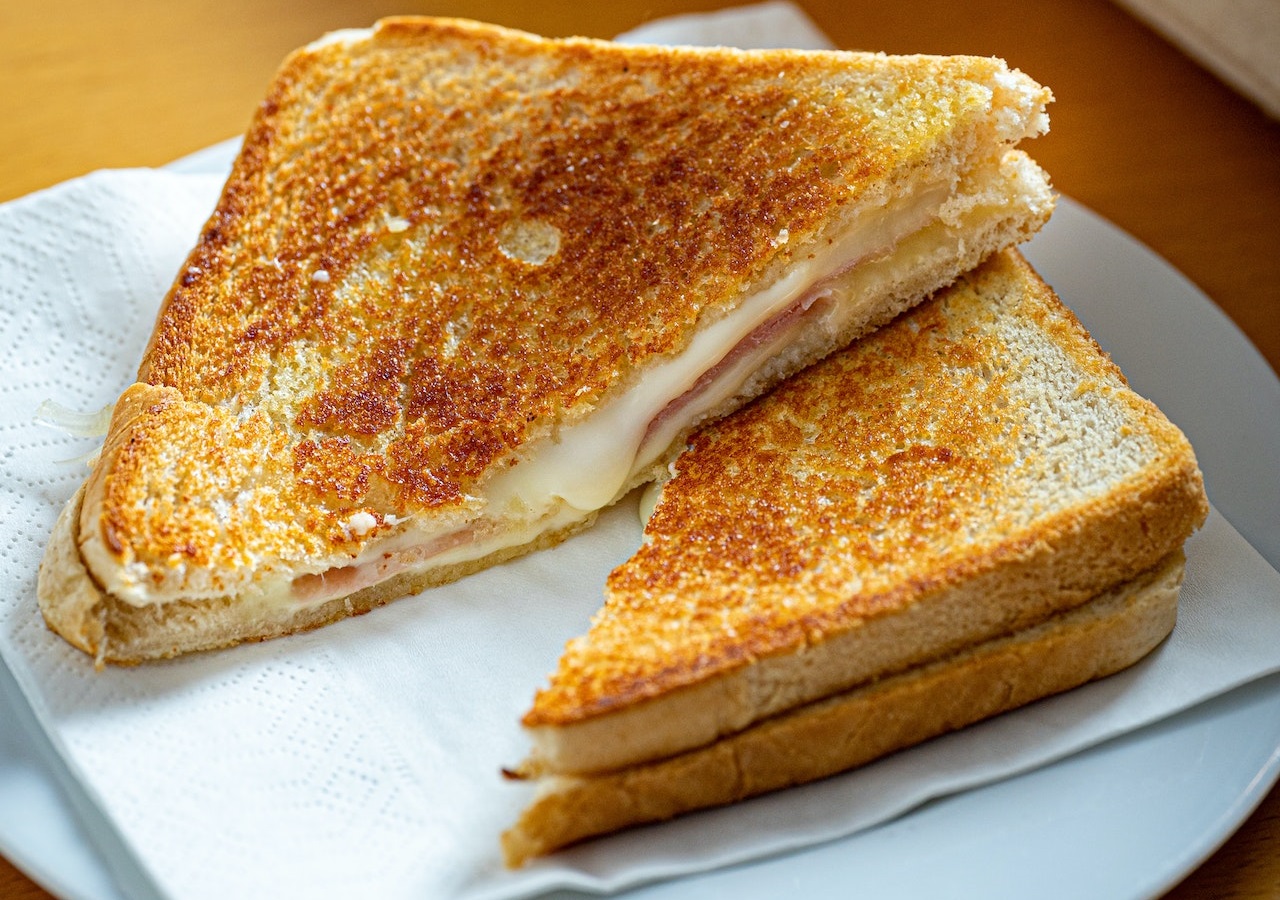You’re here because you have discovered the posh vegetable that has been gracing plates from Michelin-star restaurants to your Aunt Karen’s “totally organic, guys” dinner parties: the asparagus. The asparagus is not just a vegetable; it’s a statement. A statement that screams, “I’m sophisticated, I have layers, and yes, my pee is going to smell funny.” But fear not, aspiring kitchen warriors. Cooking asparagus is as simple as reciting Pi to the 1000th digit. Backwards. So, put on your snazziest apron, and let’s turn these green spears into culinary magic — or an inedible disaster. Your choice.
Step 1: Buying Asparagus
Picking the right asparagus is vital. So vital that it makes choosing a life partner look like a game of “Eeny, meeny, miny, moe.” So how does one choose? Well, you look for spears that are as straight as a ruler, with closed tips, and absolutely no blemishes. Because, heaven forbid, a single imperfection might imply that you, yourself, are imperfect.
Most importantly, if the asparagus isn’t organic, triple-washed, and whispered affirmations to, you might as well not bother. Because non-organic asparagus is the equivalent of inviting a vampire into your home; it might not kill you immediately, but you’re asking for trouble.
Step 2: Storing Your New Best Friend
So, you’ve survived the battlefield of grocery store produce. Now, what? You put them in a vase. Yes, a vase, as though they are delicate flowers deserving of a spot on your mantle. Fill a jar with a few inches of water, place the asparagus upright like they’re sunflowers, and stash them in your fridge. They deserve this VIP treatment. They’ve had a long, hard journey from the farm to your plate. They need to unwind, okay?
Step 3: The Great Snapping
Before cooking, your asparagus spears require decapitation — or, as we like to call it, “snapping.” To do this, hold the asparagus spear at both ends and bend it until it snaps. Don’t be gentle; it should be a swift, humane separation, like ripping off a Band-Aid or ending a bad date. This process is crucial because the woody end is a villainous, fibrous piece that deserves exile. Or compost. Your call.
Step 4: To Peel or Not to Peel?
Peeling the asparagus is a divisive issue. On one side, you have culinary gurus advocating for it like they’re defending the Mona Lisa. On the other side, you have rebels who couldn’t be bothered to peel a grape, let alone an asparagus spear. If you do decide to peel, make sure you waste as much time as possible meticulously removing each layer as if it were a priceless artifact. If you don’t peel, well, welcome to the dark side, my friend.
Step 5: The Pan vs. Oven Showdown
Now that your asparagus spears have been snapped, peeled, and possibly given pet names, it’s time for the cooking showdown: pan-frying versus oven-roasting. The pan is for those who enjoy the thrill of taming fire and sizzling oil, relishing the immediate sensory feedback as each spear dances on the hot surface. The oven, on the other hand, is for the procrastinators who’d rather set a timer and then go finish an episode of “Friends” for the hundredth time.
For Pan Fans
Typically, cooking asparagus in a pan takes about 7-10 minutes over medium-high heat.
Here’s how to do it without turning your green beauties into an asparagus disaster movie:
- Preheat the Pan: Put the pan on the stove, set to medium-high heat, and give it a minute or two to get nice and hot.
- Add Oil or Butter: Drop in a couple of tablespoons of olive oil or butter — or both if you’re feeling luxurious.
- Lay Down the Spears: Once the oil shimmers or the butter has melted and started to bubble, place the asparagus in the pan in a single layer. Try not to overcrowd the pan; you don’t want them to steam, you want them to fry.
- Season: Sprinkle some salt and pepper over the asparagus. This is also the time for any additional seasonings like garlic or red pepper flakes.
- Toss and Turn: Use tongs to turn the asparagus every couple of minutes to ensure even cooking. They should begin to get a little brown and crispy but not burnt, because burnt asparagus is the saddest of all the asparaguses. Or is it asparagi? The world may never know.
- Test for Doneness: After about 7-10 minutes, you can test one by piercing it with a fork. It should go through easily, but there should still be a bit of resistance. You’re not making baby food here; you’re aiming for tender-crisp.
For Oven Lovers
If you choose the oven, you have ample room to mess up. Overcook them, and you have limp, soulless spears. Undercook them, and you might as well be chewing on tree bark. Cooking asparagus in the oven is like playing the sousaphone; it’s pretty straightforward, but the better you get at it, the more impressive it sounds at dinner parties. Here’s a detailed guide to achieving oven-roasted asparagus nirvana:
- Preheat Your Oven: Turn that bad boy up to 400°F (200°C). Give it some time to reach its full heat potential.
- Prep Your Pan: Line a baking sheet with aluminum foil or parchment paper. This isn’t just for easier cleanup; it’s also to protect your precious baking sheet from the intense, asparagus-infused heat.
- Prep the Asparagus: If you haven’t already snapped off the woody ends, do that now. You can also give them another rinse if you’re paranoid about dirt or you just enjoy wasting time.
- Seasoning Time: Place your clean, dry asparagus spears in a mixing bowl. Drizzle with olive oil—you don’t need a lake, just enough to coat them. Sprinkle generously with salt, pepper, and whatever other seasonings you’re into. Mix well, ensuring each spear is coated with the seasoning mixture. Feel free to whisper motivational messages to the asparagus at this point; they appreciate it.
- Arrange the Spears: Lay the asparagus out in a single layer on your prepared baking sheet. If they’re piled on top of each other, they’ll steam instead of roast. And let’s be clear, we’re not running a spa day for vegetables here.
- Into the Oven: Slide your baking sheet into the oven and set a timer for 12-15 minutes. Actual cooking time may vary based on the thickness of the spears and the mood of your oven, so keep an eye on them. You’re looking for a tender texture and a few golden-brown spots. If they look like they’ve given up on life, you’ve gone too far.
- Optional Flair: About two minutes before they’re done, you can pull the pan out and sprinkle grated parmesan or a little lemon zest over the top, then return them to the oven. This step is optional but highly recommended for that ‘Wow, you actually know how to cook!’ reaction.
- Taste Test: When the timer goes off, poke one with a fork to make sure they’re done to your liking. If the fork meets zero resistance, congrats, you’ve cooked them too long. If it can’t pierce the asparagus at all, give them another few minutes. If it goes through with just a hint of resistance, you’ve achieved the asparagus sweet spot.
Step 6: The Grand Presentation
So you’ve made it this far without burning down your kitchen — congratulations. Now it’s time for the final act: the presentation. Should you fan the asparagus out like a royal flush in poker or build a log cabin worthy of front-page coverage in a home and garden magazine? You decide. But whatever you do, don’t forget to photograph it from at least six angles. If it’s not on Instagram, it never happened.
Step 7: The Aftermath
You’ve done it. You’ve transformed green sticks into a plate of culinary genius, or at least something your dog won’t turn his nose up at. Now you must face the final challenge: eating it without dropping any on your lap. Bonus points if you manage to do so without making that funny asparagus-induced face that says, “I can’t decide if I love this or hate it.”
As for the whole “asparagus makes your pee smell” thing, take it as a badge of honor, a culinary tattoo that declares, “Yes, I am an adult who eats vegetables, and I have the aromatic evidence to prove it.”
And so, dear reader, you’ve journeyed through the perilous yet deeply rewarding realm of asparagus cooking. Whether you emerge victorious or go down in a blaze of over-seasoned, under-cooked glory, you’ll be a legend either way. Cheers to you, intrepid chef!



